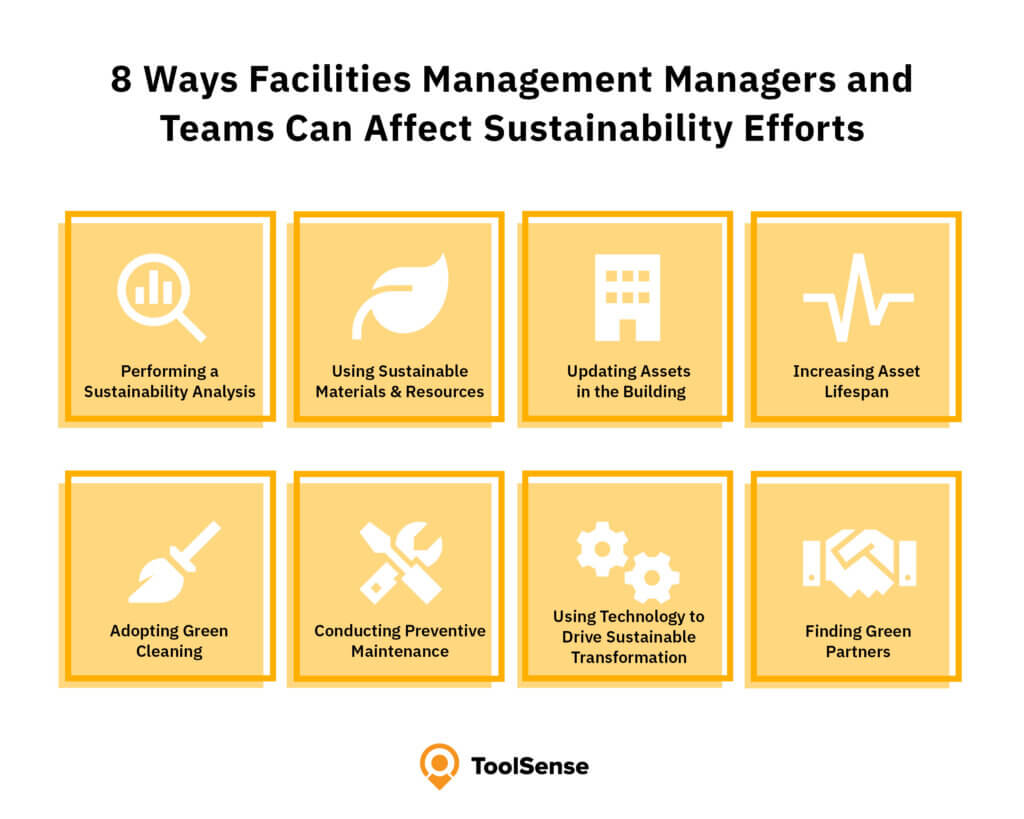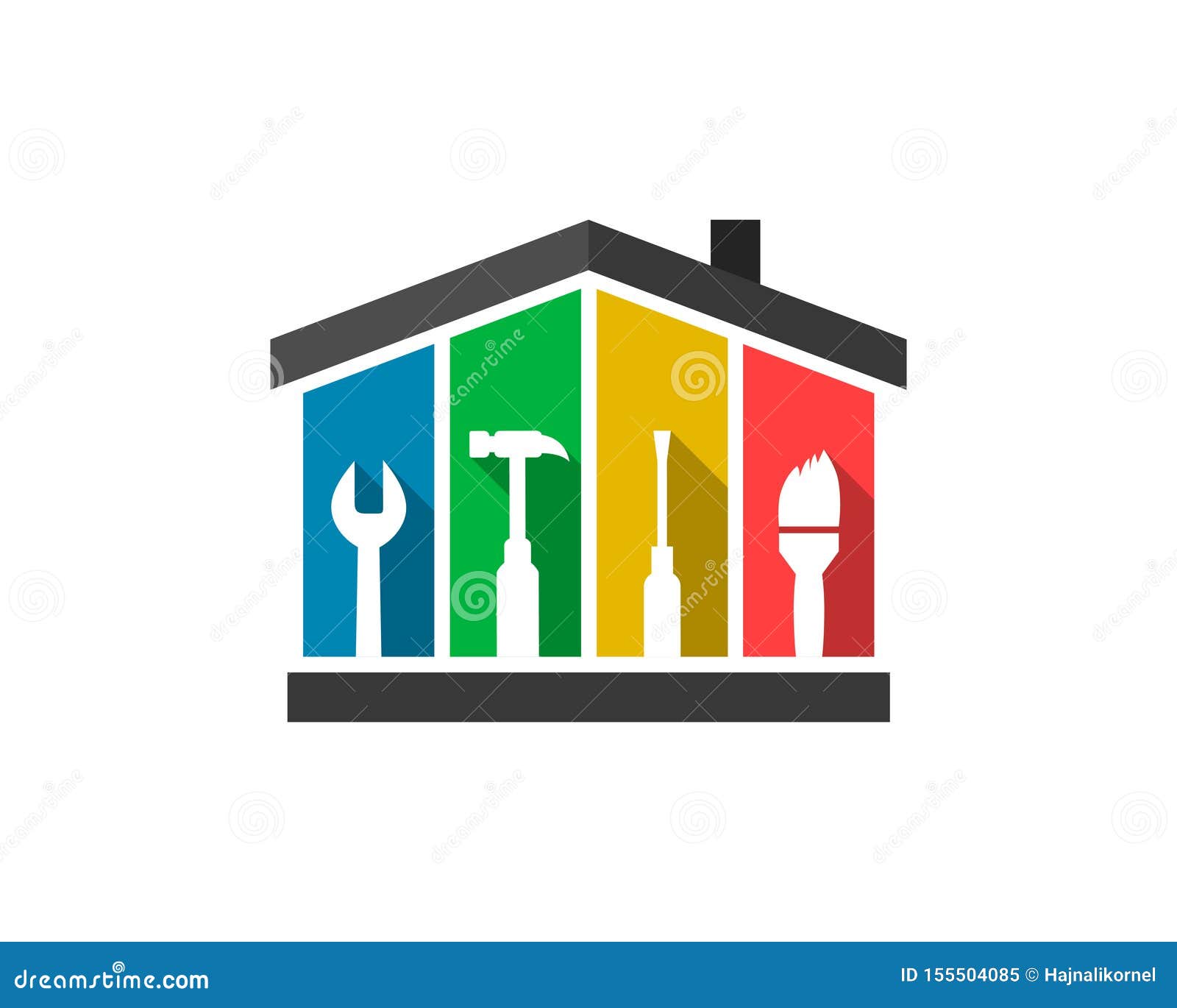The Vital Guide to Center Management: Methods for Success
Facility monitoring plays a critical function in the total success of a company, serving as the foundation that sustains security, productivity, and efficiency. The subtleties of reliable center management prolong past mere logistics and call for a comprehensive understanding of both qualitative and measurable metrics.
Recognizing Facility Monitoring
What constitutes reliable facility management? Efficient center administration includes the control of different business functions to ensure that constructed settings are risk-free, reliable, and for productivity. Facility Management. It integrates the principles of architecture, engineering, and service monitoring to develop a seamless functional circulation within a company
Secret components of facility management include space planning, upkeep administration, and compliance with health and wellness and safety and security regulations. Area planning focuses on enhancing the usage of physical sources to sustain organizational objectives, while maintenance management guarantees that facilities are maintained in ideal problem, taking full advantage of life-span and decreasing functional prices. Compliance with lawful and regulatory requirements is essential, as it safeguards the company versus possible liabilities and boosts its reputation.
Furthermore, effective facility management depends on the tactical use of modern technology, such as Building Administration Solution (BMS) and Computer-Aided Center Management (CAFM) devices. These technologies promote real-time surveillance of building systems and enhance maintenance processes. Ultimately, a thorough method to center administration not only advertises functional efficiency yet also cultivates a positive atmosphere for employees and site visitors alike, driving general organizational success.
Trick Approaches for Optimization
Maximizing facility monitoring calls for a tactical strategy that straightens functional experiment organizational goals. To accomplish this, the first key strategy is the application of integrated technical services. Using innovative software application systems permits real-time surveillance of center procedures, promoting data-driven decision-making and enhancing general effectiveness.
Second of all, normal evaluations of center performance are vital. Carrying out regular assessments and audits enables facility managers to recognize locations that need renovation, making sure that resources are assigned efficiently. This aggressive technique aids in decreasing downtime and improving service shipment.
Another critical strategy is promoting collaboration throughout departments. By urging open communication in between groups, facility managers can better straighten their techniques with organization objectives, bring about boosted operational synergy. Furthermore, engaging personnel in training programs advertises a society of liability and enhances their capacity to add to optimization efforts.
Enhancing Safety And Security Procedures
Strengthening safety and security methods is important for developing a secure environment within centers. A comprehensive security procedure not only secures employees and site visitors yet also enhances functional efficiency. To attain this, facility managers must carry out routine threat assessments to identify potential dangers and ensure that appropriate actions remain in place.
Educating and education are critical parts of efficient safety procedures - Facility Management. Workers should get ongoing training in emergency situation procedures, devices handling, and personal safety steps. Routine drills, such as fire emptyings or lockdown treatments, foster knowledge and preparedness amongst team
Additionally, clear interaction networks must be established to report security worries immediately. This includes producing an available system for staff members to articulate possible hazards or cases without fear of retribution. Leveraging innovation can enhance safety and security measures; for example, implementing security systems and access controls helps monitor center activities and limit unapproved entry.
Last but not least, conformity with neighborhood policies and sector criteria is non-negotiable. Regular audits and evaluations of security procedures make certain alignment with present legislations and ideal methods. By focusing on these techniques, center managers can cultivate a culture of safety and security that safeguards all stakeholders and inevitably adds to the organization's success.
Improving Office Setting

Ergonomic considerations are necessary to lessen physical stress and discomfort. Facility Management. This includes offering adjustable furniture, proper illumination, and ample space for activity. These modifications can lead to lowered absenteeism and raised task fulfillment
Aesthetic appeals play an essential duty in forming the work environment environment. Utilizing color psychology, all-natural illumination, and greenery can promote a boosting and welcoming setting. Attentively made areas can boost creative thinking and improve overall health.
Moreover, urging employee interaction with comprehensive decision-making procedures can enhance the sense of possession and belonging. Collecting comments on workplace renovations and including staff members in the style process can lead to a more tailored environment that satisfies their demands.
Finally, advertising health campaigns, such as wellness programs and leisure areas, can additionally contribute to a supportive workplace culture. By concentrating on these techniques, facility supervisors can successfully enhance the workplace setting, driving both staff member helpful resources fulfillment and organizational success.
Measuring Success in Facilities
Determining success in center management calls for a thorough method that reviews both qualitative and measurable metrics. Quantitative metrics commonly consist of key efficiency indicators (KPIs) such as area application prices, power consumption, upkeep costs, and occupancy degrees. These metrics supply a clear photo of operational efficiency and monetary performance, allowing facility managers to identify areas for enhancement and benchmark against market requirements.
Qualitative metrics, on the various other hand, concentrate on customer complete satisfaction and worker interaction. Surveys and feedback systems can determine just how well the centers meet the demands of passengers, aiding to analyze the total office environment. This element is vital, as a completely satisfied labor force is often connected to raised efficiency and retention rates.
To successfully see this gauge success, facility managers ought to likewise take into consideration integrating innovation, such as developing management systems and data analytics tools, to gather and analyze appropriate information. Regularly reviewing both sets of metrics allows for a much more balanced sight of performance and notifies tactical choices. Ultimately, an effective facility management strategy rests on a commitment to continual improvement, guaranteeing that both operational effectiveness and individual contentment are prioritized.
Conclusion

Center monitoring plays an essential duty in the overall success of an organization, offering as the foundation that sustains productivity, effectiveness, and link safety.Trick aspects of facility administration include space planning, maintenance monitoring, and compliance with wellness and security regulations.In addition, effective center management counts on the strategic usage of innovation, such as Building Management Systems (BMS) and Computer-Aided Center Management (CAFM) tools. Ultimately, a detailed approach to center management not only promotes functional performance however also fosters a positive atmosphere for staff members and visitors alike, driving overall organizational success.
Comments on “Just How Modern Technology is Reinventing Facility Management in Various Industries”